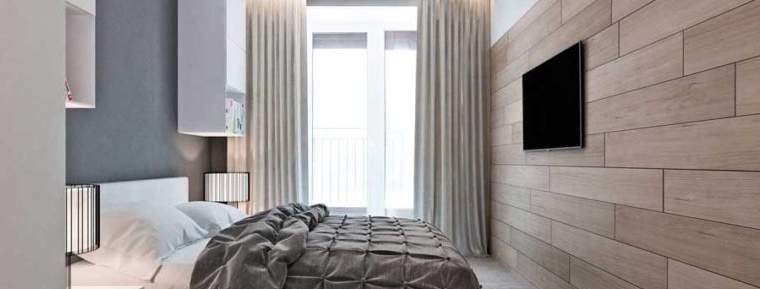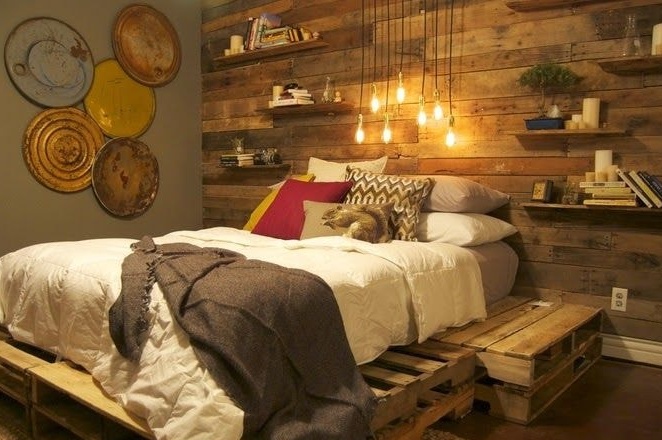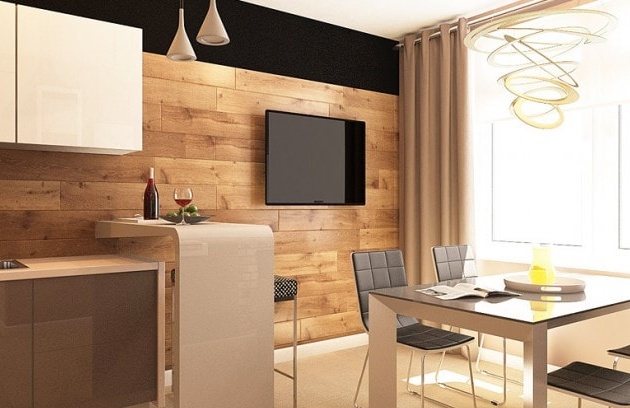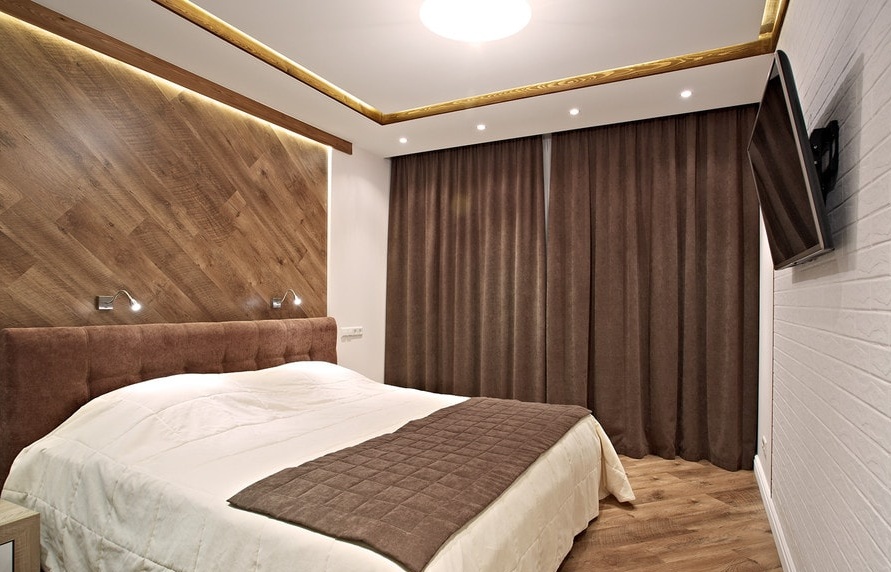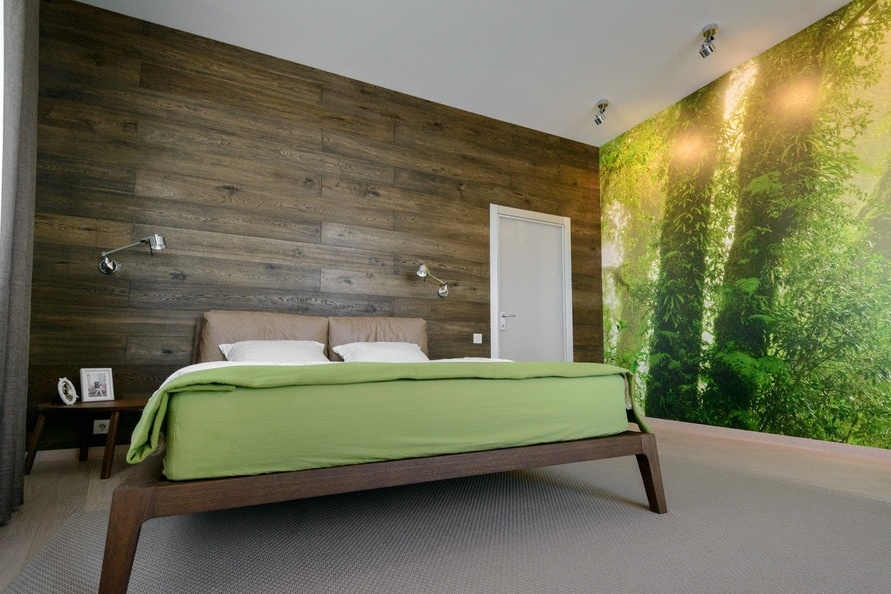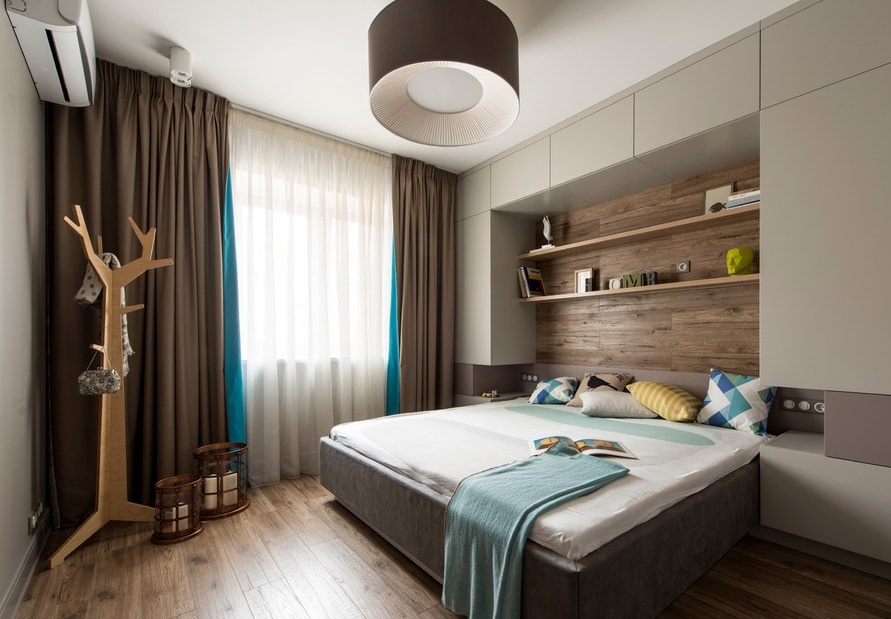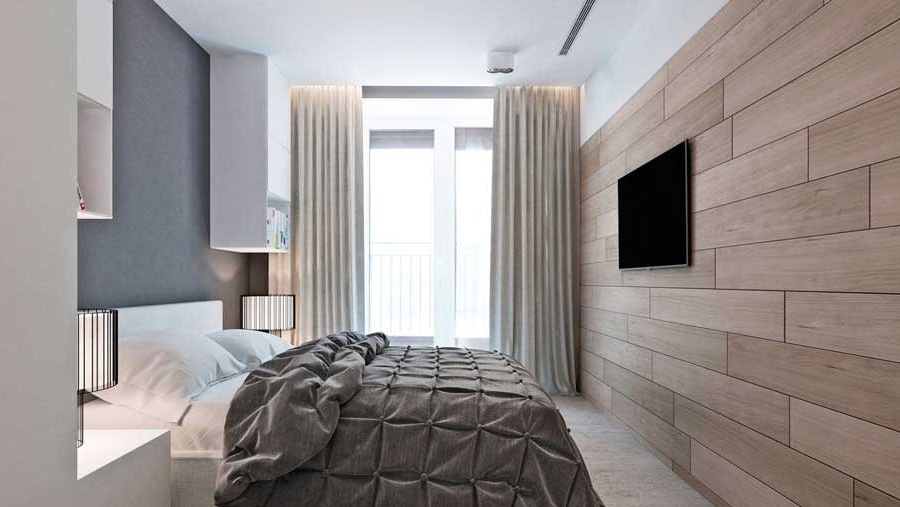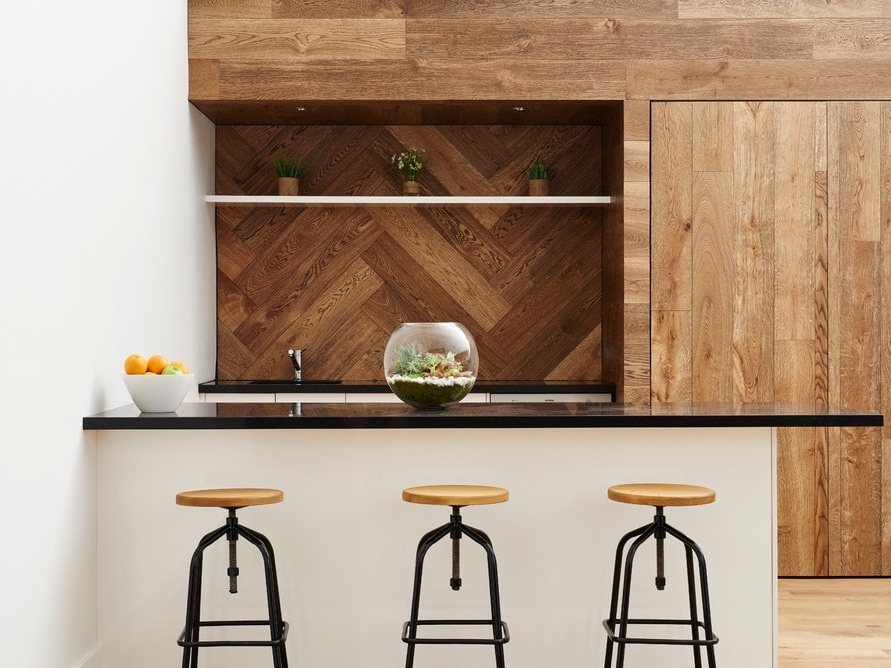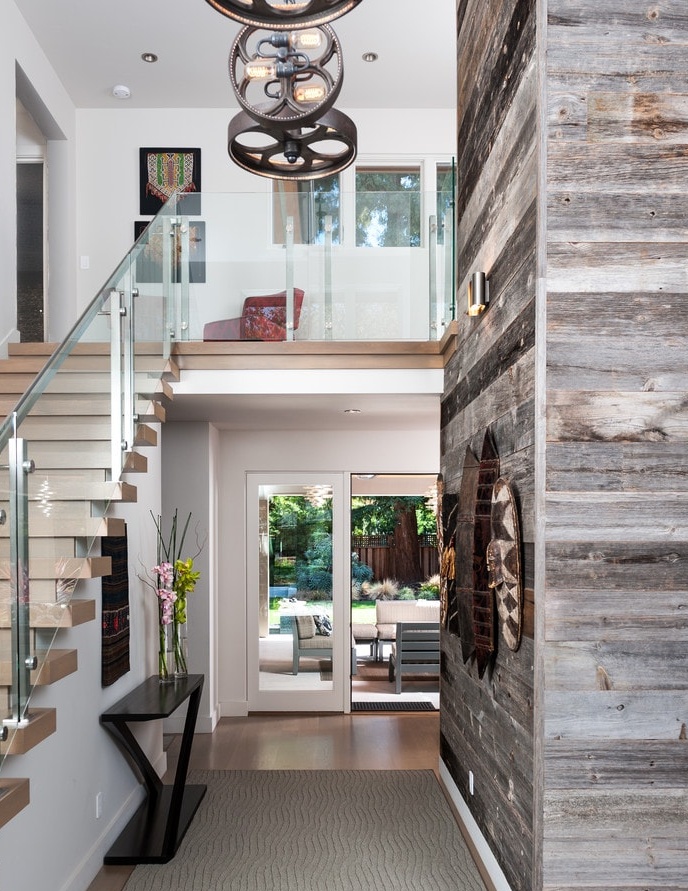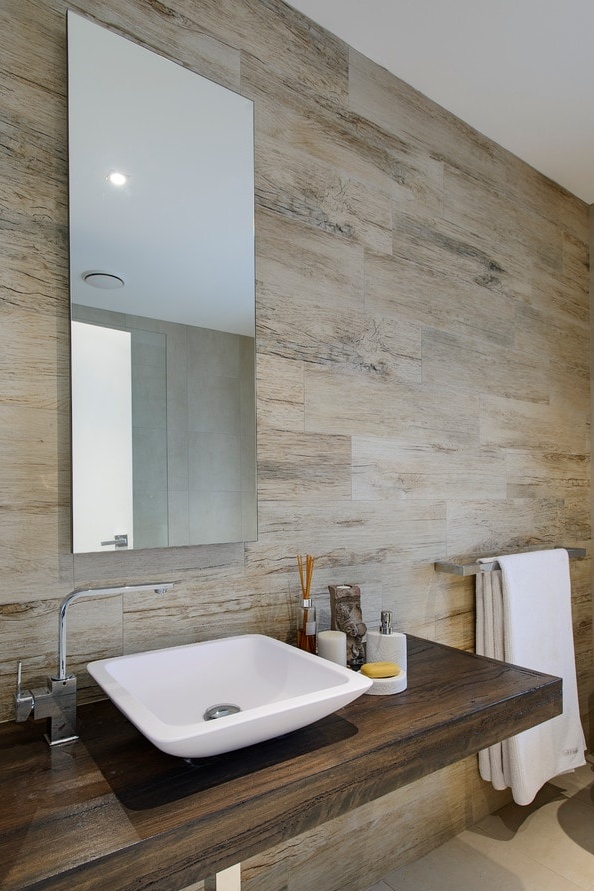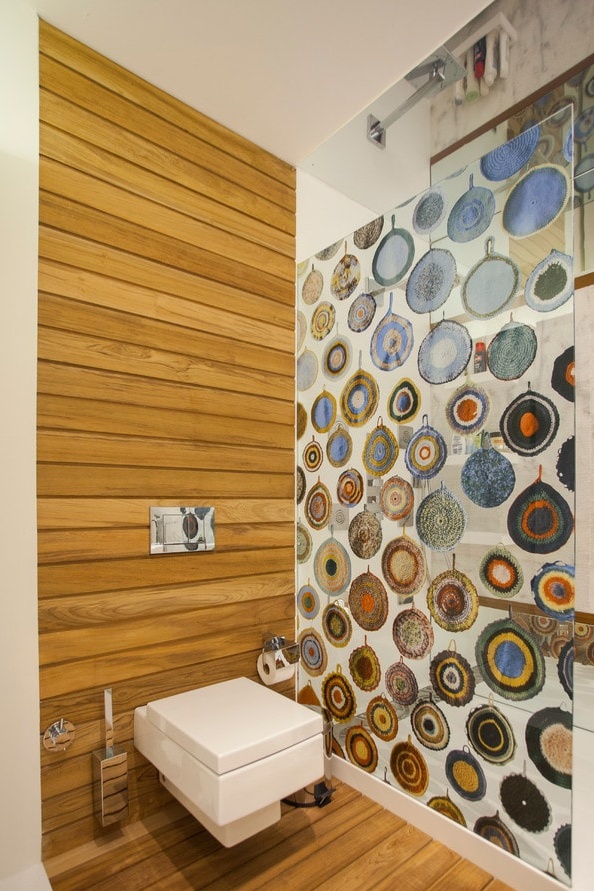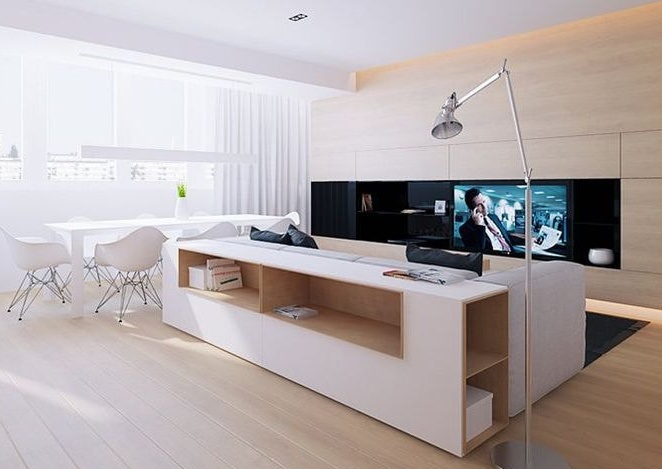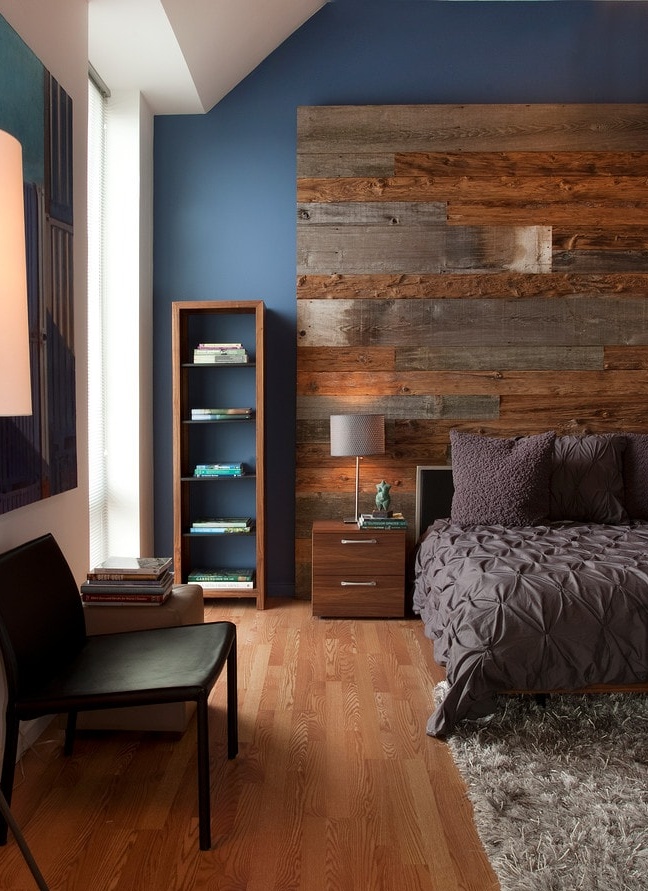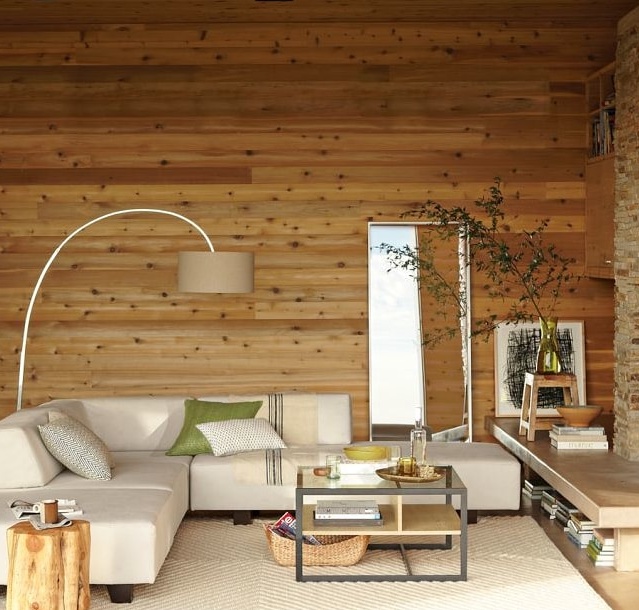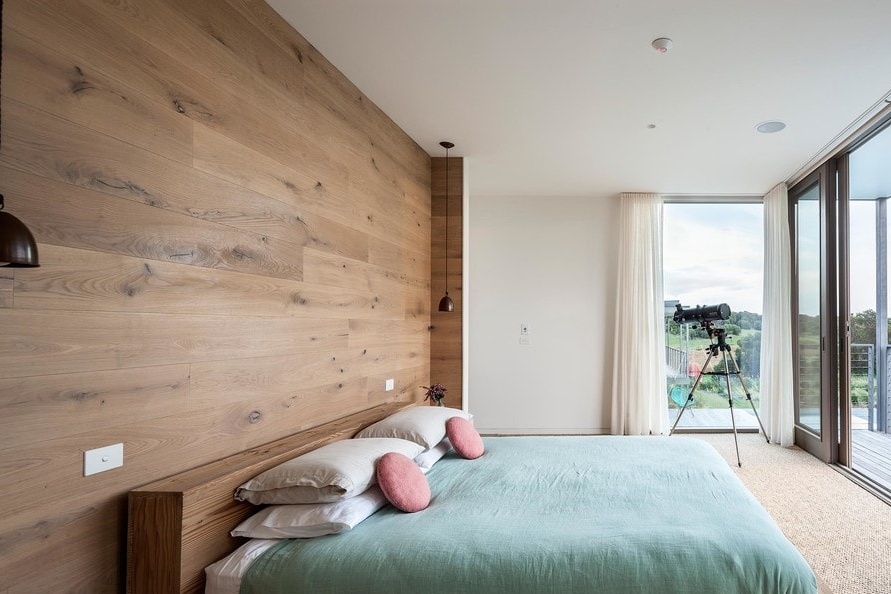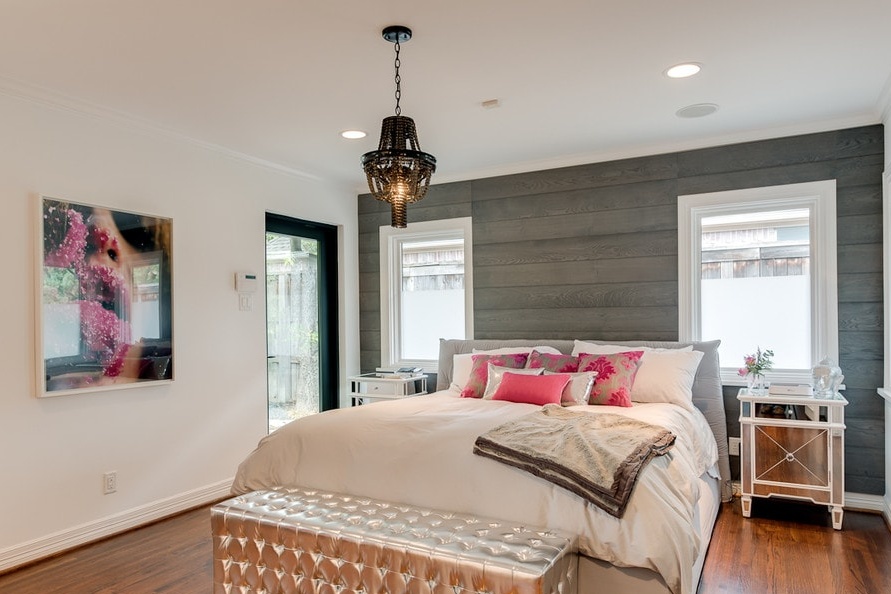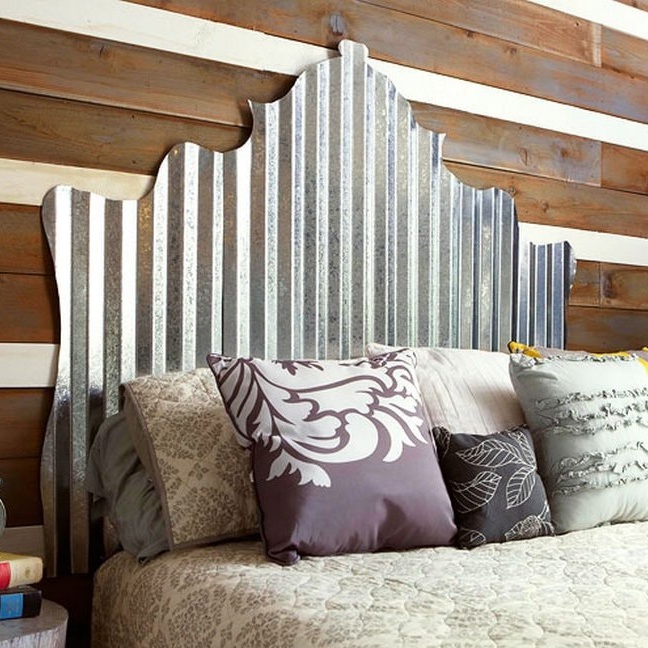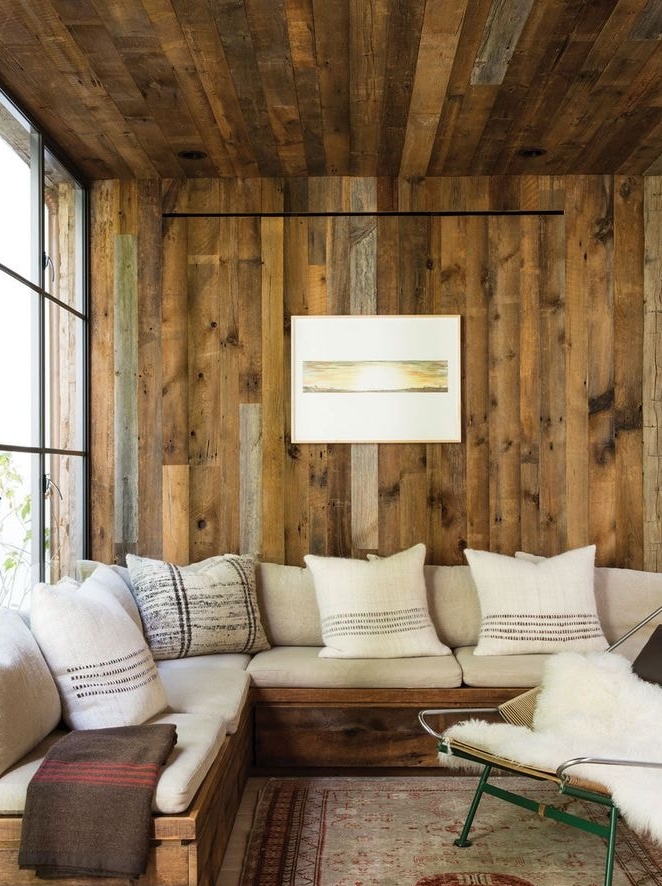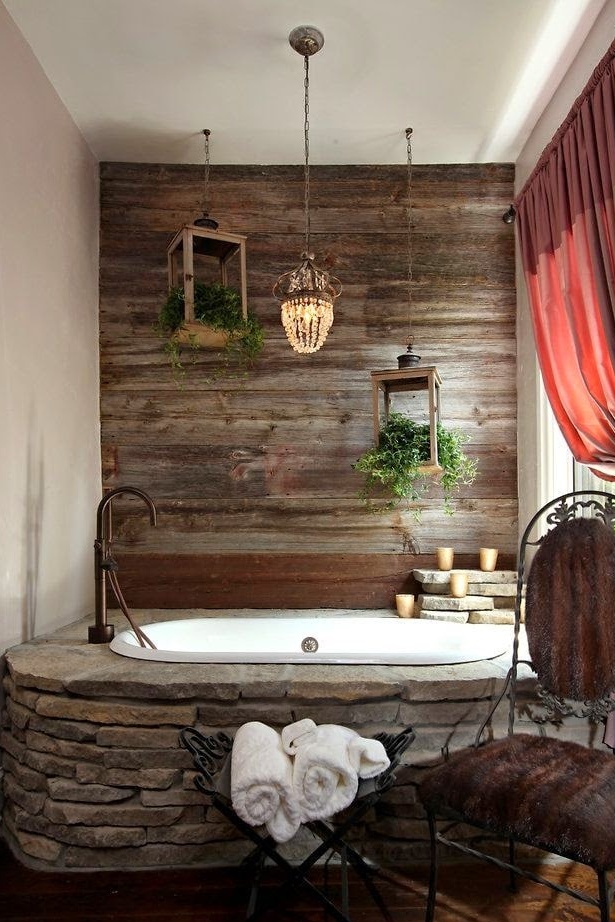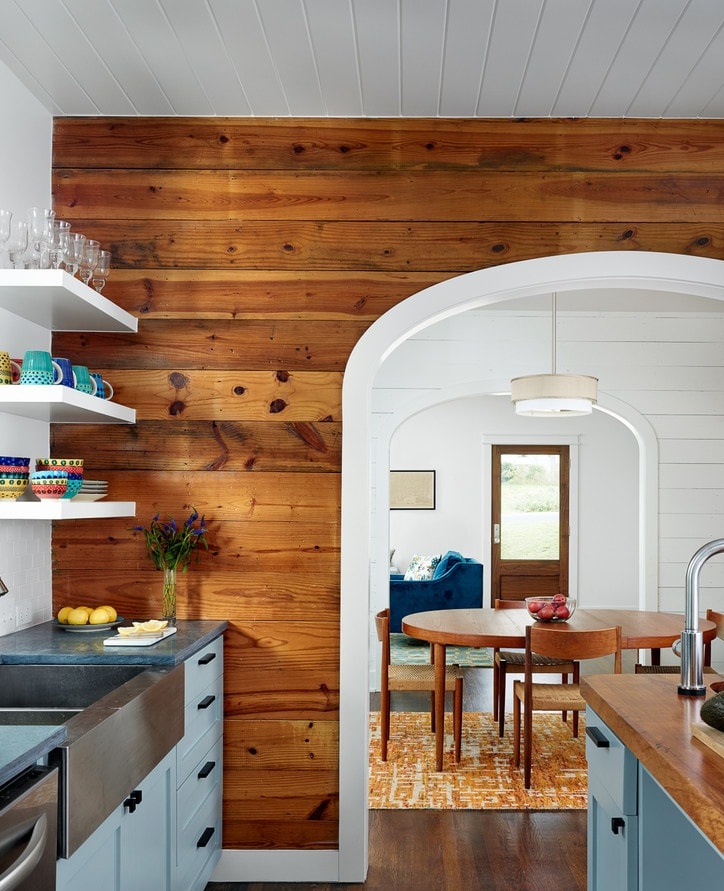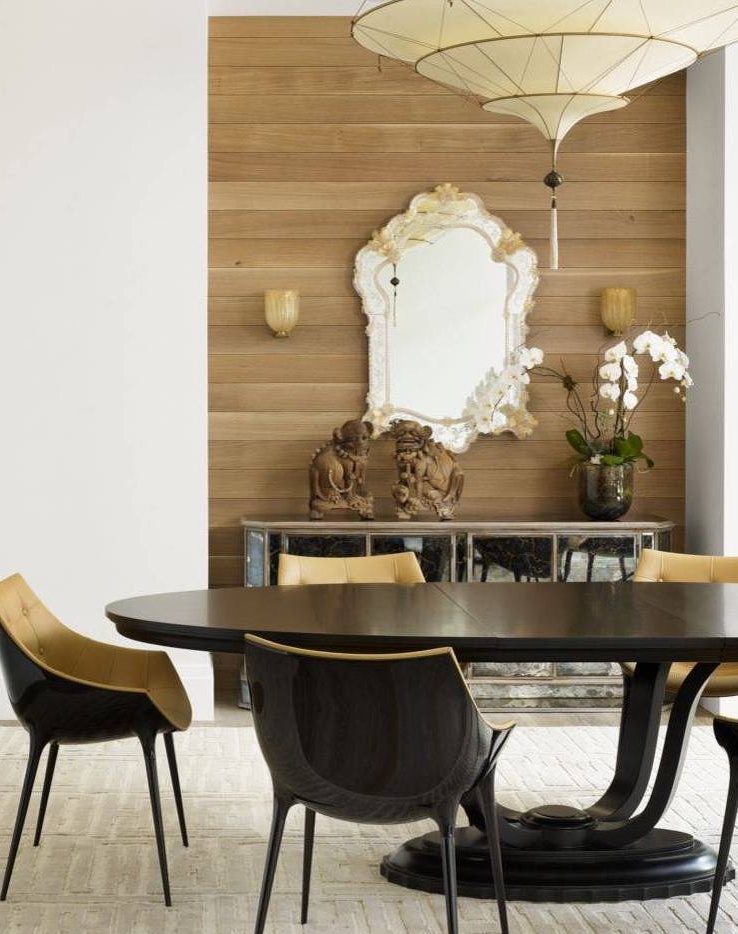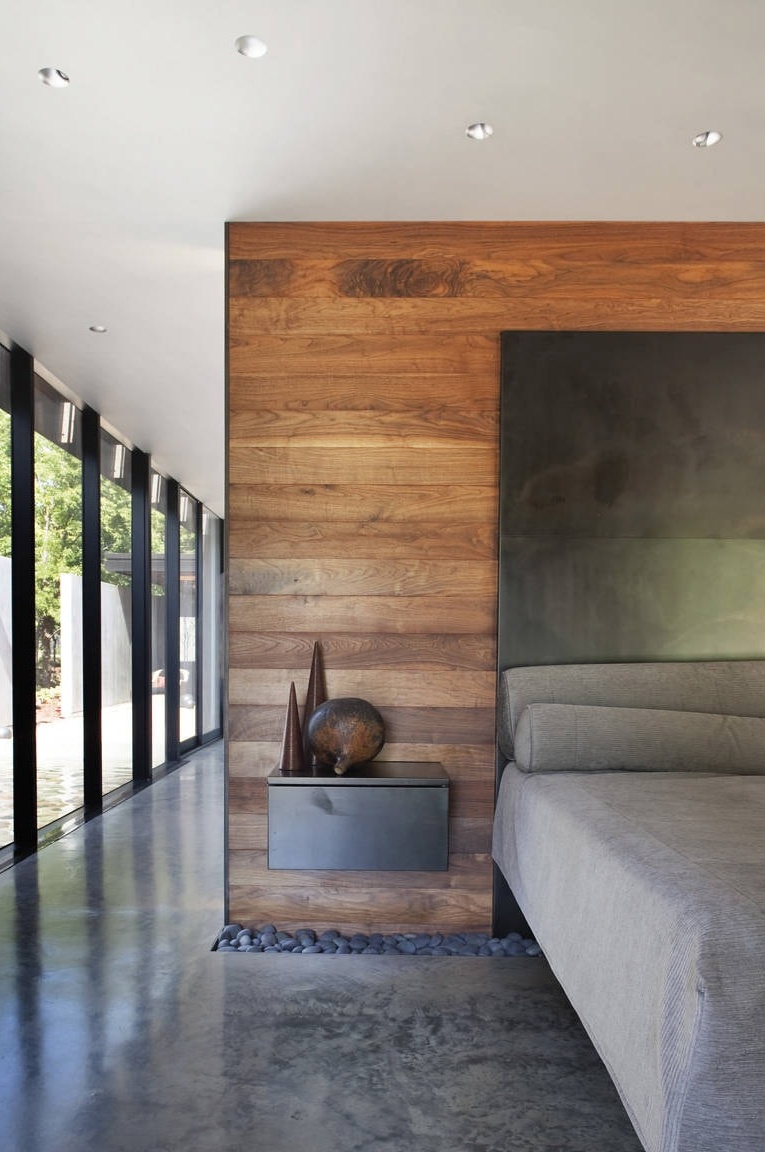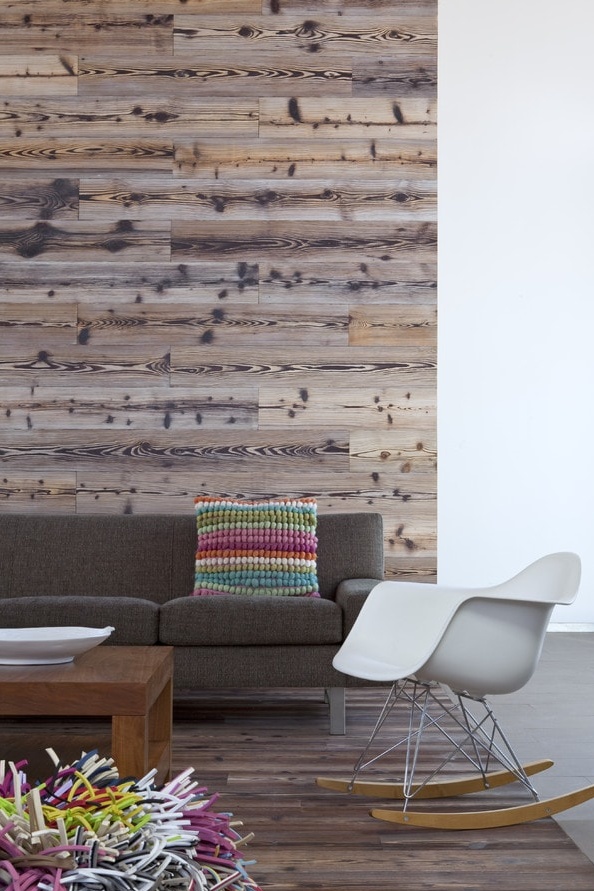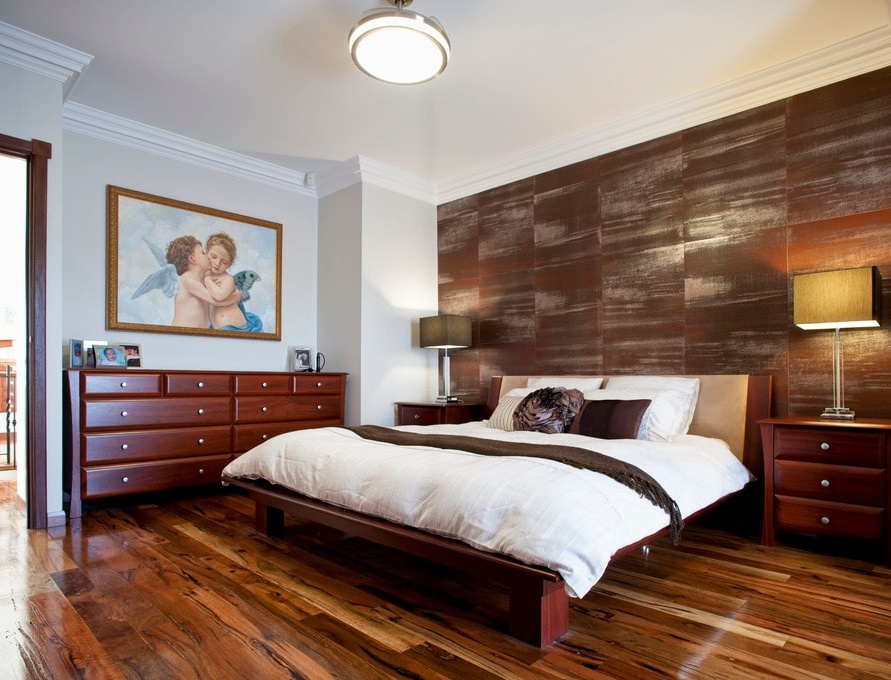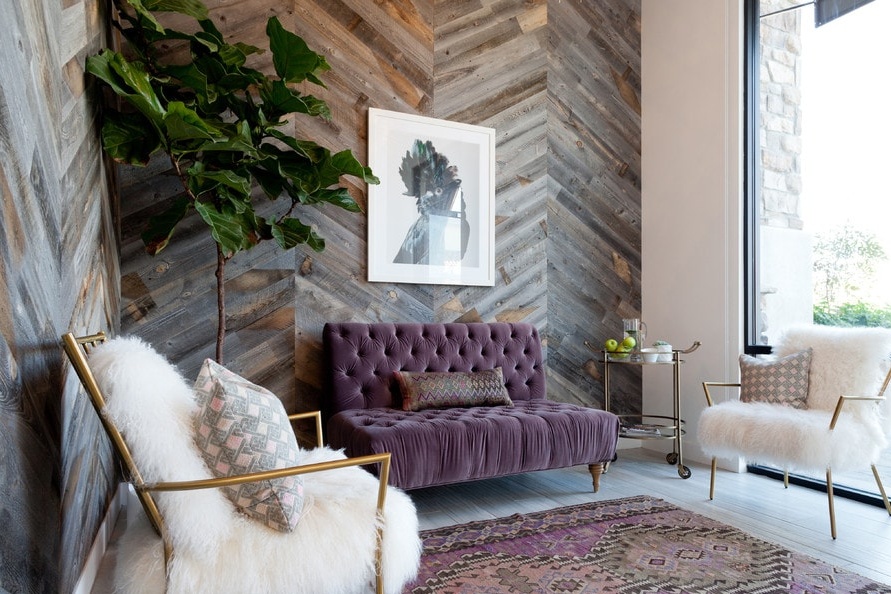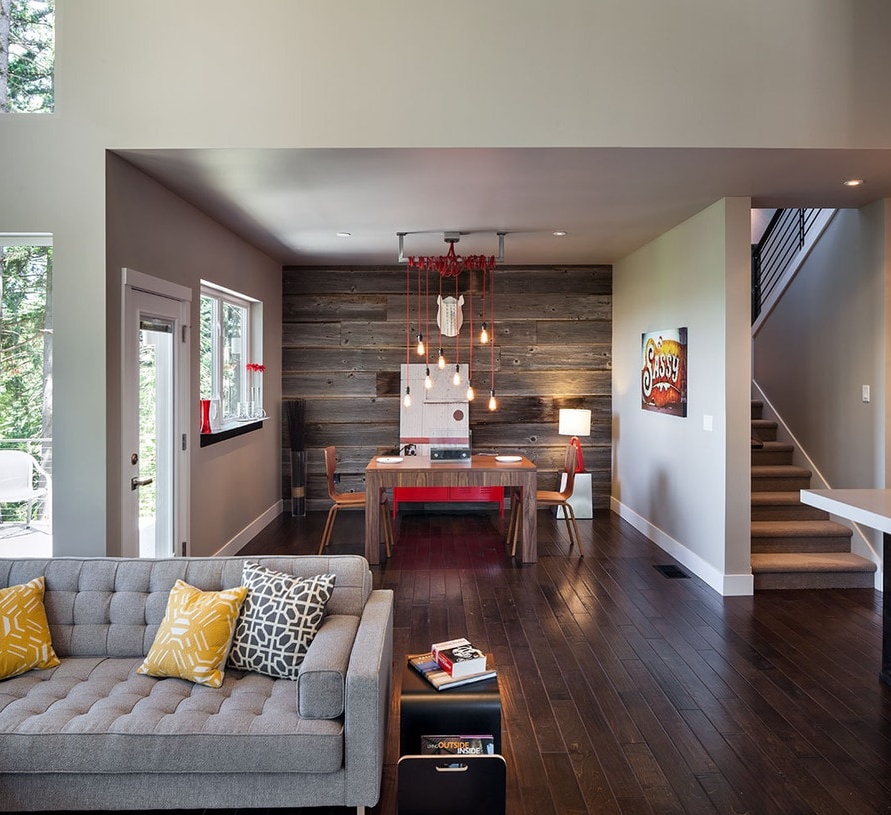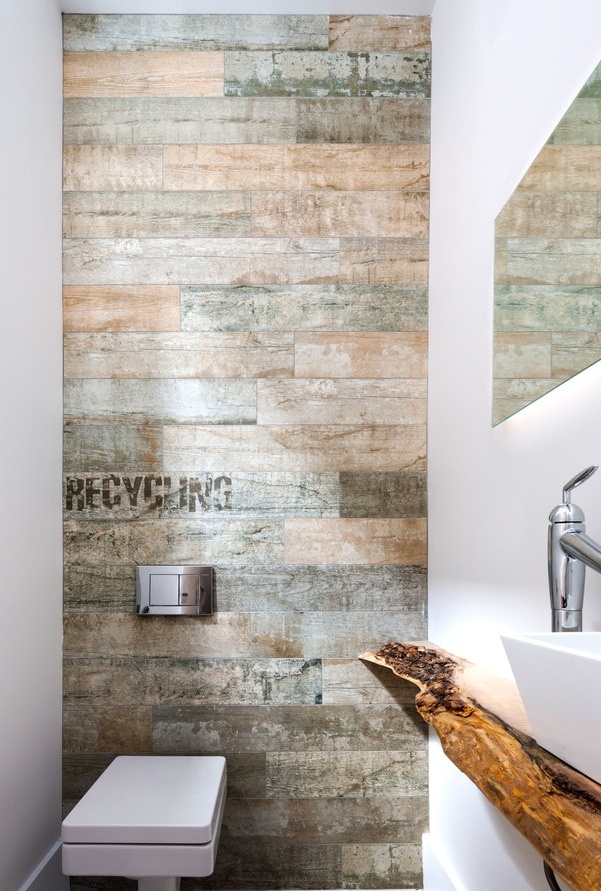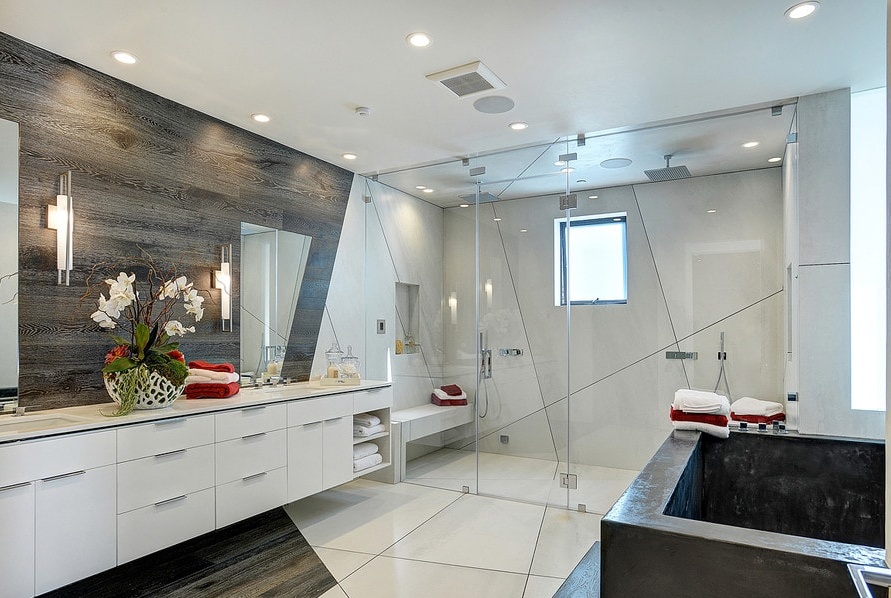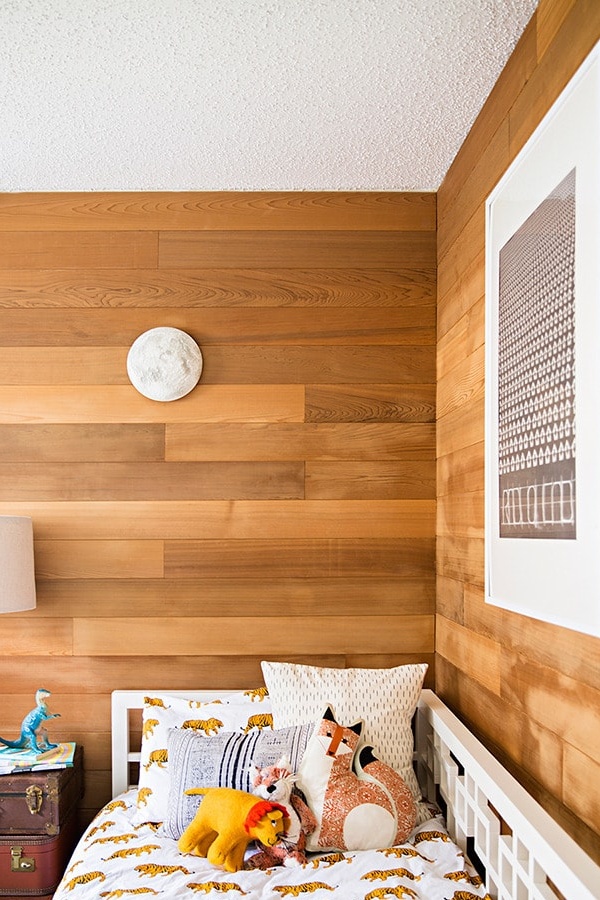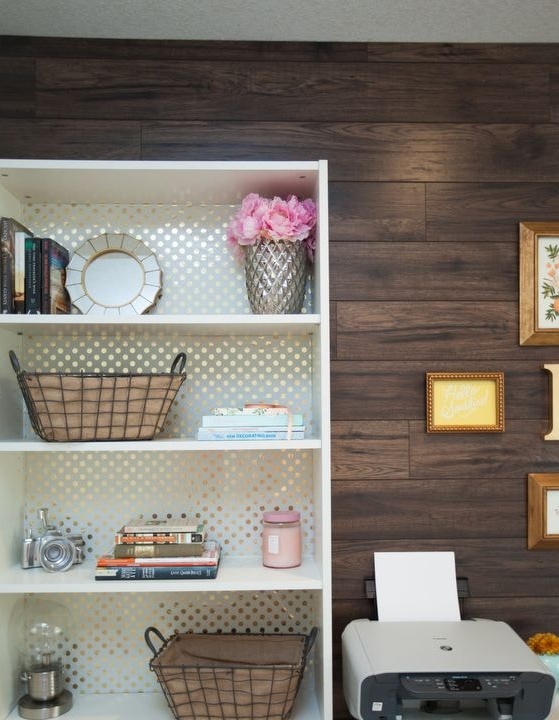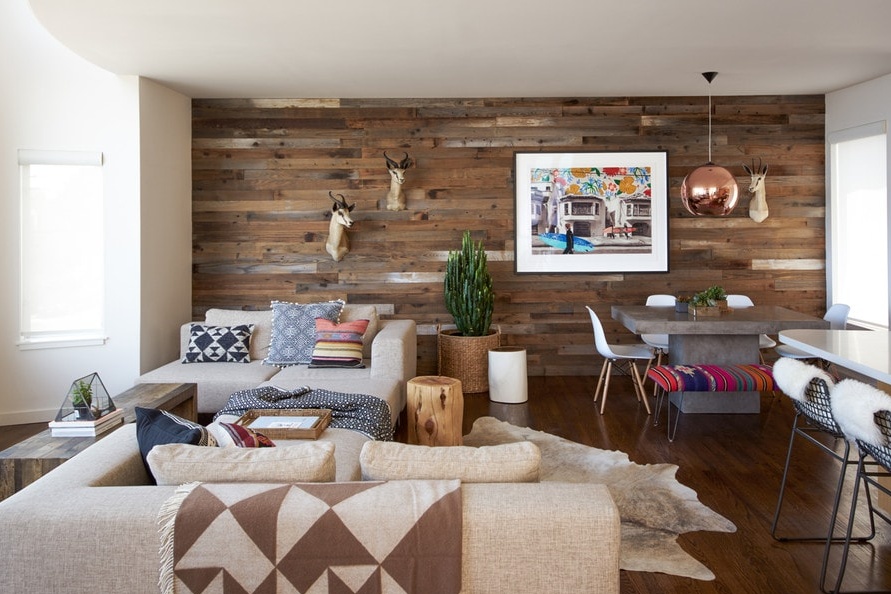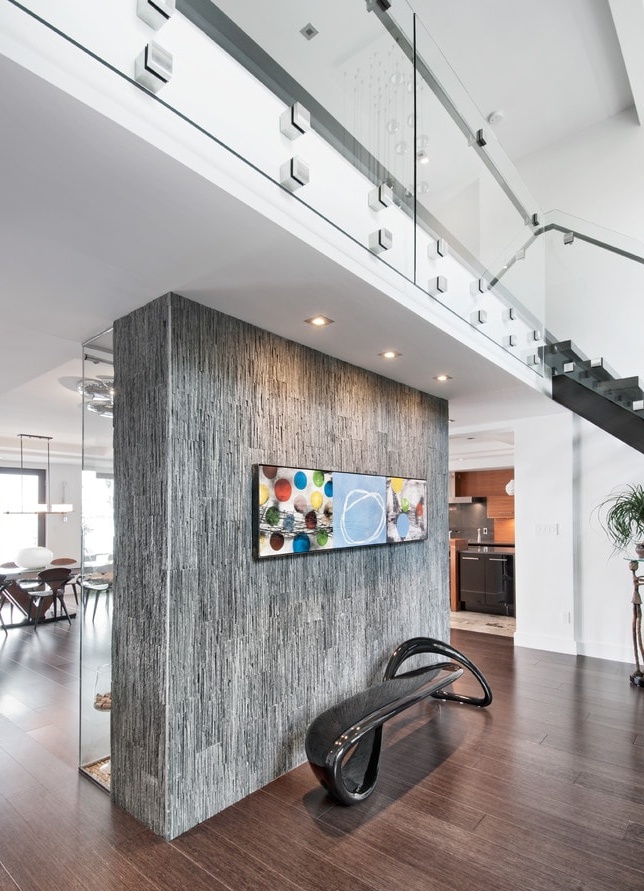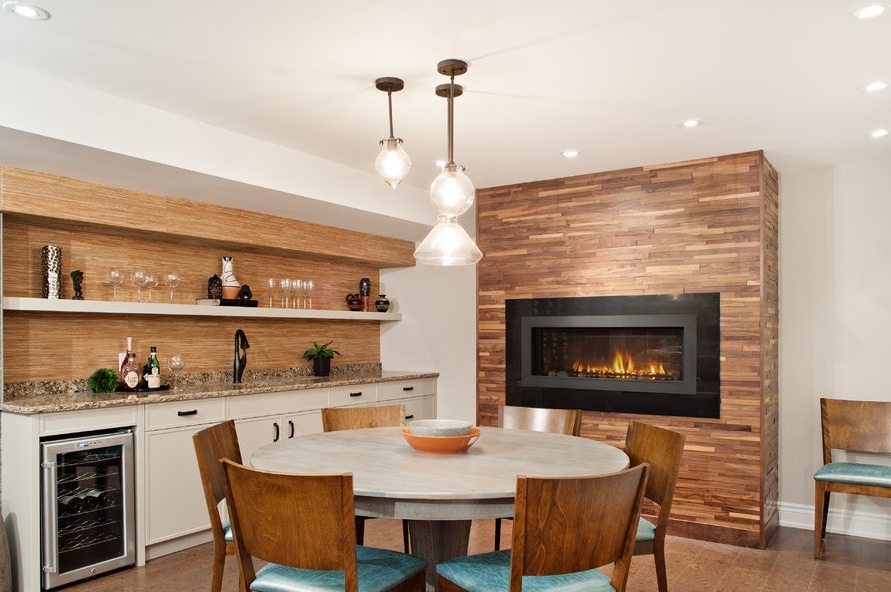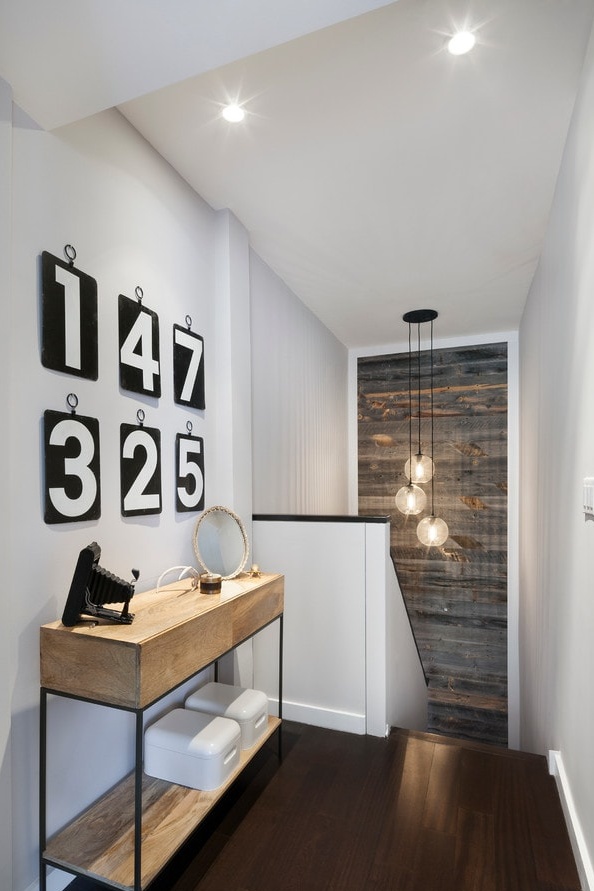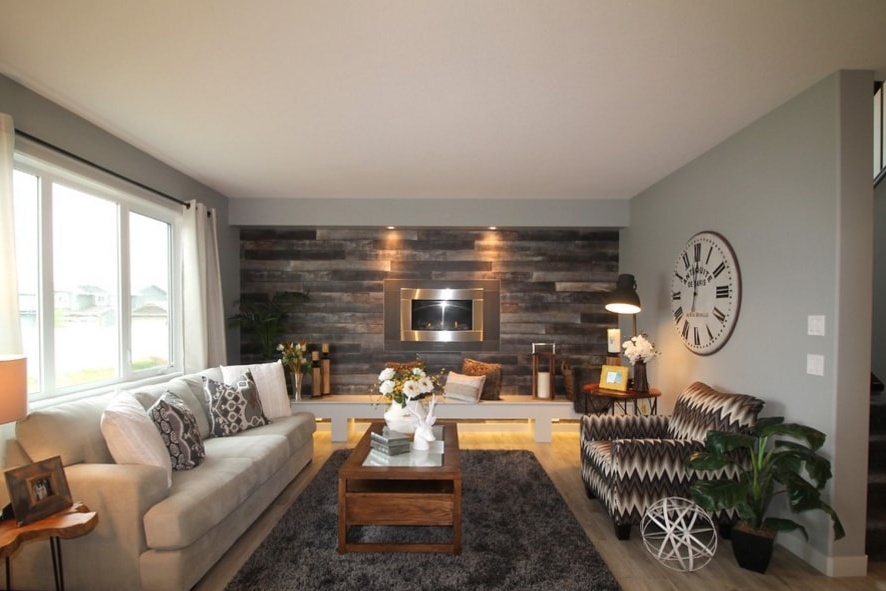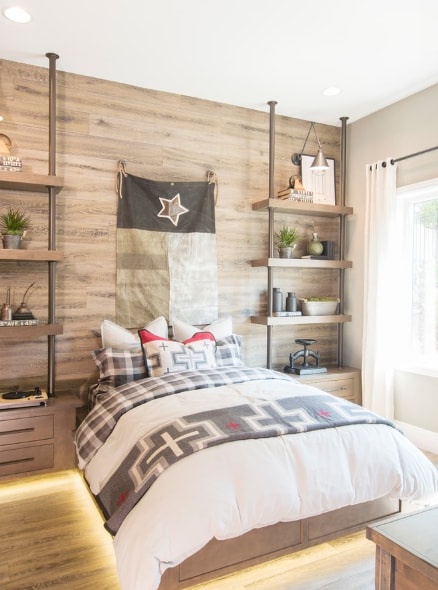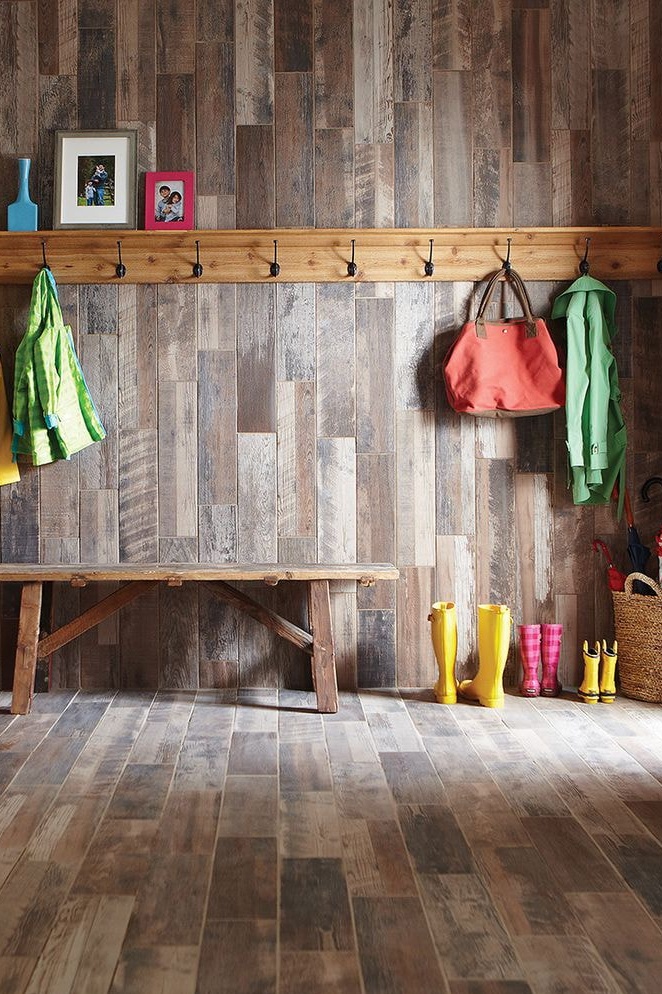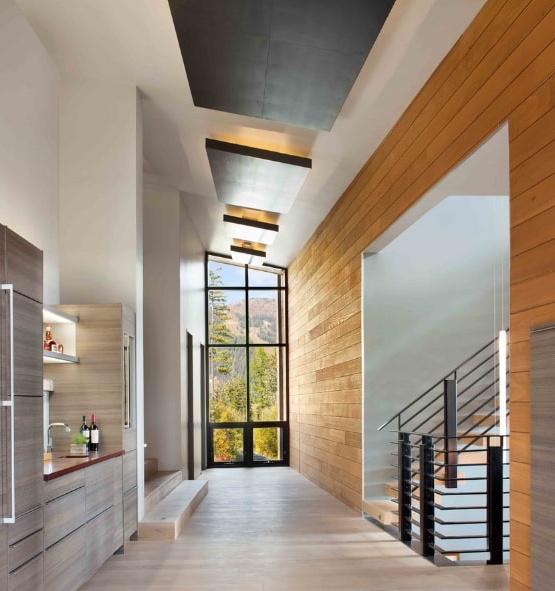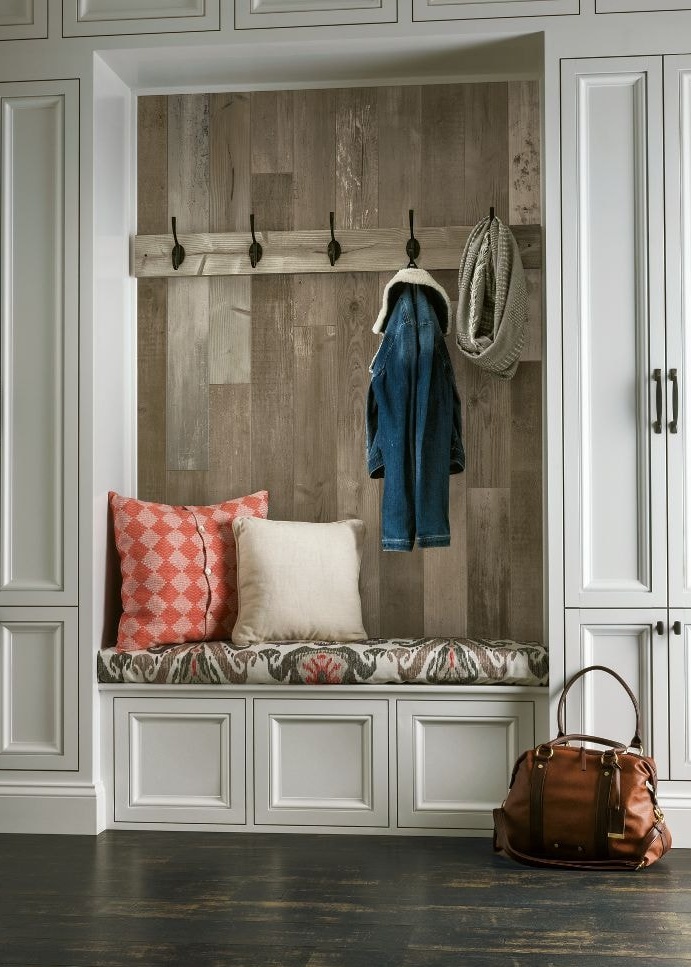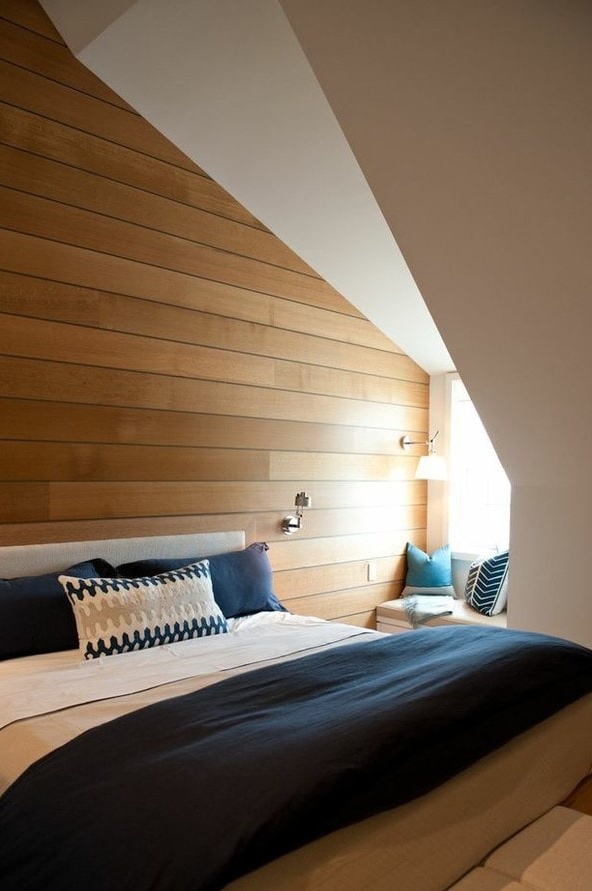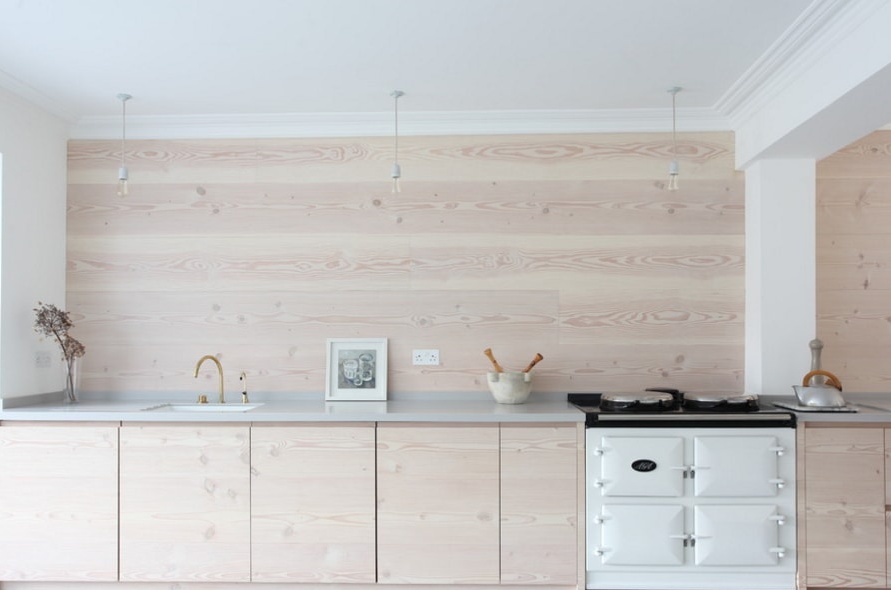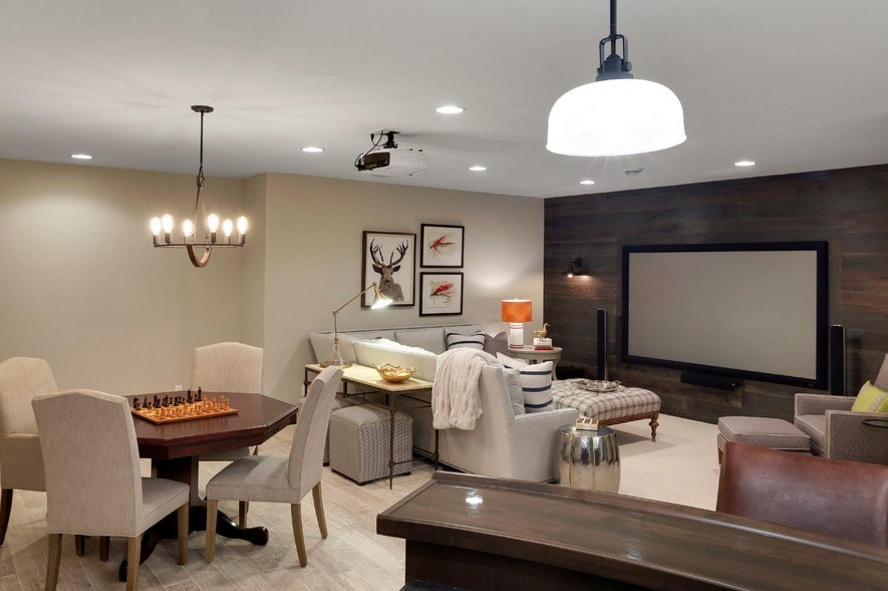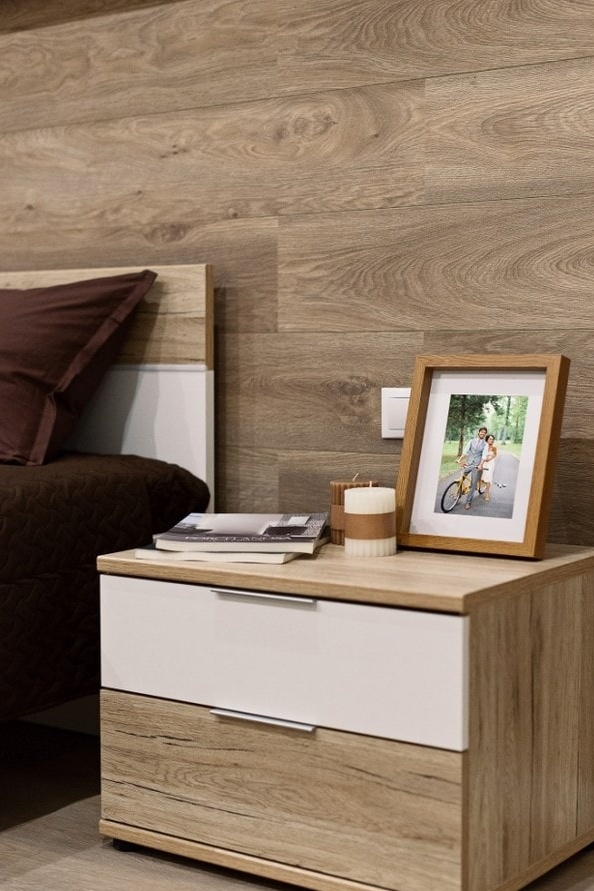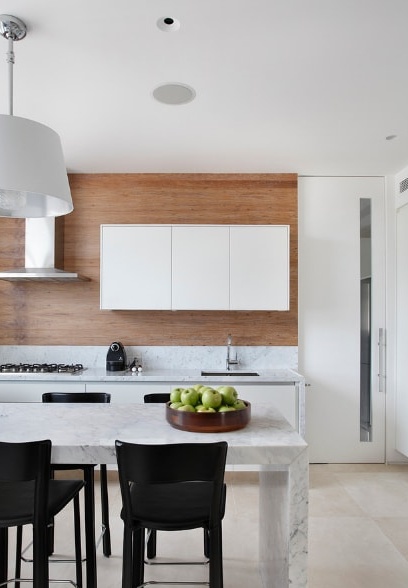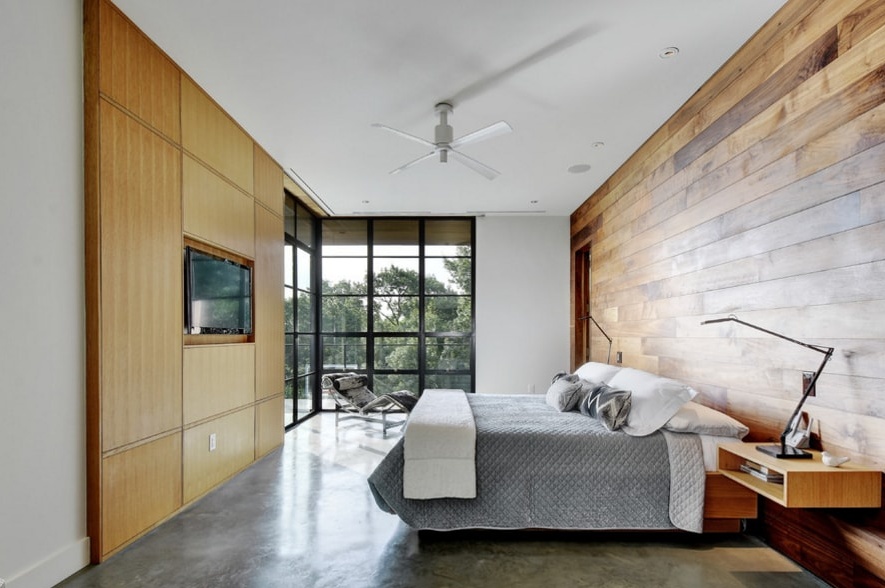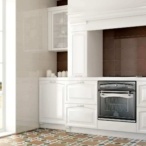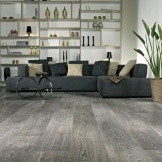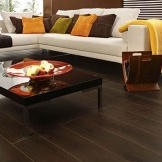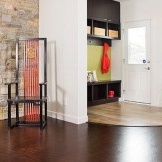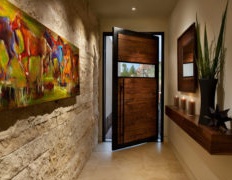Laminate on the wall: the best design ideas
More recently, the laminate was used exclusively as a floor covering. But times are changing and now designers are actively expanding the scope of its application, offering to clad them with walls. This is a rather interesting solution, but still we recommend considering its properties and installation options in more detail.
Laminate on the wall: advantages and disadvantages
In interior design, you can increasingly see the laminate on the walls. This decision is very justified, because this material has quite a few advantages.
One of the main ones is ease of installation. Absolutely everyone can install the laminate correctly, even without experience in this matter. Of course, it is believed that the installation of this material on the walls is more time-consuming. But even this nuance does not complicate the process too much.
It should be noted the cost of the laminate. It is not too high, especially when compared with natural wood trim. Therefore, it is considered one of the main advantages of this material. Nevertheless, it should be borne in mind that it may differ depending on the quality of the laminate, its shade or the type of texture.
Separately, it is worth noting the properties of the laminate. High wear resistance of high-quality material allows you to use it for many years. And thanks to the installation of the laminate on the walls, it is possible to significantly improve the sound insulation in the room. Of course, there are other additional properties. These include heat resistance, moisture protection and higher impact resistance. But a laminate with such characteristics has a significantly higher cost.
Laminate is quite often used in wall cladding due to the variety of its shades and textures. Due to this, you can choose the right option for any interior. In addition, sometimes it is used for zoning a large room and placing accents.
Ease of maintenance is one of the most powerful arguments in choosing a laminate. It is this surface that is not susceptible to mold and mildew. Due to what it is considered hygienic.
Despite so many advantages of the laminate, it is worth noting its disadvantages. As mentioned above, this material is considered wear resistant. But at the same time, he remains too susceptible to aggressive influences. Therefore, if it is assumed that there will be high humidity in the room, temperature changes or contact with water, then it is better to look at other materials.
Particular attention should be paid to the preparation of walls that you plan to clad with laminate. If the material will be attached directly to the wall, then it should be properly aligned.
The next drawback is more about interior design. To make the room look modern and stylish, it is better to use a laminate for a limited area or combine it with other materials. This is necessary in order to maintain balance and not make the design unnecessarily overloaded.
How to install a laminate: horizontally or vertically?
First of all, it is worth noting that laminate can be laid both vertically and horizontally. Many still believe that the horizontal method is simpler. But actually it is not. During installation, difficulties with joints and reliability of fastening may occur. Therefore, before embarking on this process, you need to carefully think through everything.
Experienced designers recommend the horizontal placement of the laminate on the wall to be used in small rooms. Due to this solution, the space will visually appear more spacious. Often this is the main goal.
If the size of the room suits you completely, and the ceilings are quite low, then you should choose a vertical installation of the laminate. Thanks to this, the room will have more correct proportions.
When choosing a laminate, try to focus not only on how to install it.After all, much depends on the texture and color of the material. Using neutral shades, you can visually expand the room. And in order to correctly place accents, it is better to look at the contrast option. In addition, it is worth considering the overall design of the room so that the laminate looks harmonious.
Types of installation of the laminate
As mentioned above, installing a laminate does not take much time and everyone can do it. But before that, it is worth deciding which way is best done.
Glue mounting involves fixing the panels to the wall using special glue or liquid nails. This method is considered the most time-consuming, since additional wall preparation is required. But at the same time it is often used due to the possibility of horizontal and vertical placement of the laminate.
Experienced craftsmen advise aligning the walls so that the height difference does not exceed 3 mm. Otherwise, the laminate will not lie flat, which is unacceptable in modern interior design. As for the installation itself, it is better to start from the lower left corner. Particular attention should be paid to ensure that the panels do not move during operation. Only taking into account all the nuances, installing a laminate will not take too much time.
The next type of installation of the laminate is frame. Unlike the previous version, this does not need to prepare the walls so carefully. This is due to the fact that for the installation, a crate is used, which consists of wooden bars. It is to her that the laminate is attached with the help of special fasteners.
There is another type of installation of the laminate - combined. It is used quite rarely, despite the simplicity of execution. To simplify the installation process a little, a special crate is created. The laminate is glued directly to it, as in the first version. But at the same time, it is very important to calculate everything correctly so that the material lies smoothly.
The rather unusual use of laminate is gaining more and more popularity. After all, this is a great way to transform the familiar interior and place accents. And due to the invoice of the material, you can give the room a special atmosphere of comfort.

